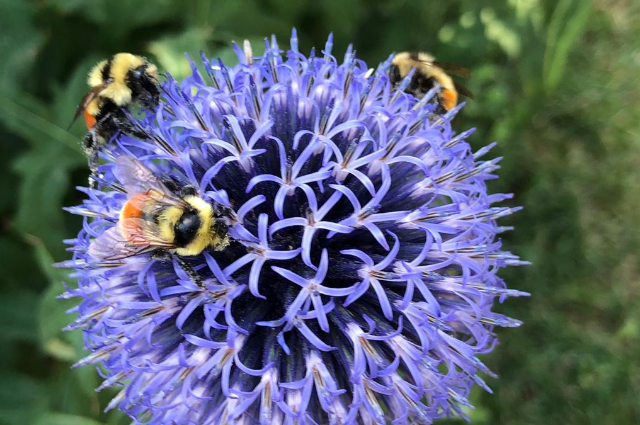
Insect pollinators such as bees, butterflies, moths, beetles, flies, and ants are all vanishing first around the planet due to excessive use of pesticides in agriculture and anthropogenic pollution. About 85% of flowering plants on our planet are dependent on these insect pollinators for their survival and to maintain the balance of our ecosystem. Global bee populations are showing an alarming decline due to a number of factors like environmental pollution, indiscriminate use and over applications of various agro-chemicals, industrial agricultural practices detrimental to nature, changes in the land use patterns; and parasitic diseases of bees as well as lack of adequate supply of nectar and pollens for different bee species due to lack of suitable of bee foraging plants. The yield loss due to the lack of suitable pollinators for cross-pollination is a serious threat to the future of global agriculture as well astor maintaining the balance of our natural ecosystems.
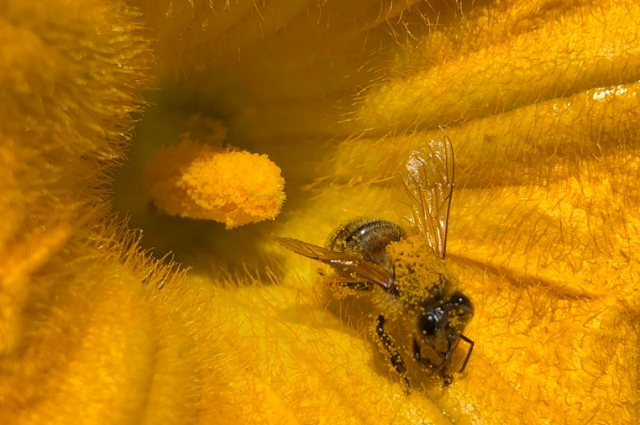
The greatest impacts on both honey bees and native bees have been reported from highly industrialized countries. These include mainland USA and Hawaii, Canada, Australia, New Zealand, China, Japan, South Korea, Taiwan, Israel, Turkey, European Union (UK, France, Belgium, Switzerland, Germany, Spain, Portugal, Italy, Poland, Greece, Netherlands, Denmark). Outside the EU, bee declines have also been reported from Russia Ukraine, Belarus and the Balkan Peninsula. Other countries reporting mass bee declines are Brazil, Argentina, Mexico, and other Central American countries, Sub Saharan Africa, Madagascar, various Island nations like Sri Lanka, Maldives, Guam, Seychelles, St Vincent, Marshall Islands, Caribbean Islands, Fiji, Tonga, Samoa, Tuvalu, Kiribati to name only a handful. No reliable and comprehensive data are available from S&SE Asia, Central Asia and Middle East and vast stretches of Africa and Latin America.
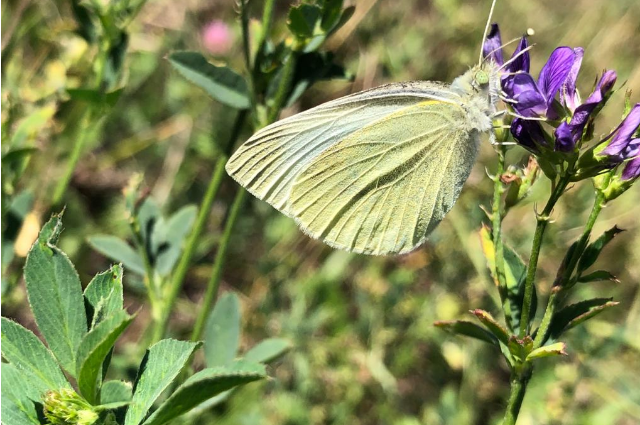
The worst decline is noticed in developed nations practicing high precision industrial agriculture with native bee population crashes between 97-99% in the past two decades. The major factor behind this rapid decline of pollinator insects is specifically due to extensive application of toxic synthetic pesticides and synthetic fertilizers. The industrial level pesticide spraying in large farms in western countries is dependent on low wind speed and bright sunny mornings. Unfortunately, these are the days when insect pollinator’s flock to their foraging ground in large numbers. As a consequence they are being killed in massive numbers impacting ecological balance. Pesticide laden irrigation water and rain water percolated through holes in the soil to reach the bee colonies to wipe them out.
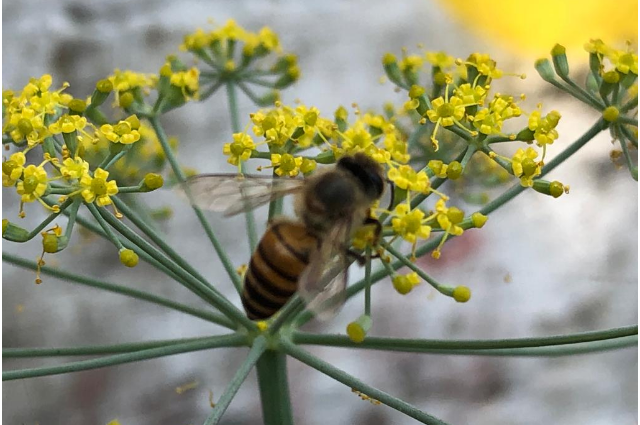
This kind of bee population declines are not reported from developing nations like India where small plot farming is practiced due to lack of large agronomic lands and related infrastructure to maintain such huge averages. Furthermore, there is tremendous crop biodiversity in the sense that rice, mustard, flax, various legumes, aromatic and medicinal herbs, forage crops, ornamentals and fruit orchards are all grown in adjacent areas. Thus pollinator insects have the grand opportunity to move or escape the negative chemical impact by moving into other plots or fields or Forage in an alternate crop.
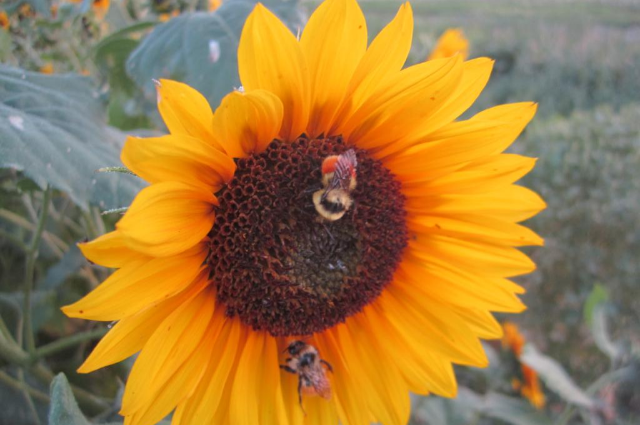
The toxic chemicals land as droplets on the insect body and stick to them. Bees like other insects have the habit of cleaning their antennae; and through this process they intake toxic pesticides inside their system killing them. Often these chemicals impact their nervous system impacting their precise sense of orientation causing them to land at inappropriate sites causing deaths. Cross contamination with bees having pesticides with them with others in the hives or nest also causes an epidemic resulting in mass deaths of honey bees as well as native bees. While commercial honey bees are raised and can be replaced, native bees on which forest pollination is completely dependent are being wiped out in this process. In North America and EU over 40% annual productions in apiculture industries have been impacted due to mass deaths of bees.
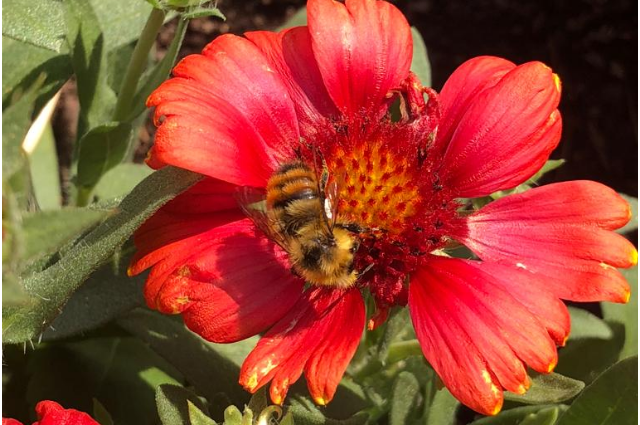
Establishing suitable pollinator (bee) gardens or habitats or sanctuaries at suitable sites could prove to be instrumental in both bee and other pollinator insect conservation from a long term, ecological perspective. Using suitable Pollinator Mixes comprising of native grasses, wildflowers as well as annual, biennial, perennial forage crops (forage grasses, legumes, different Brassica family members) can help in establishing Pollinator gardens or habitats or sanctuaries in perimeters of forested areas, under used or unsuitable agronomic lands, unused and available rural locations, city and municipal parks and gardens, lawns, kitchen gardens, unused or hard to farm areas, in sites adjacent to natural or artificial water bodies like ponds, pools, ditches, swamps, bogs, streams, irrigation canals etc
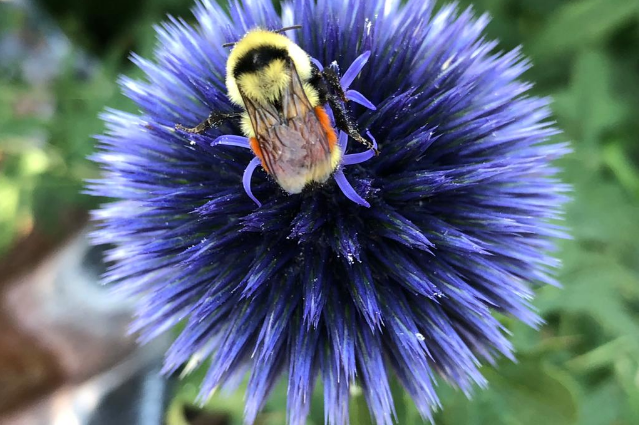
Natural or artificial aquatic habitats like pools, ponds, ditches, swamps, bogs, lakes, canals etc could be targeted for ecological restoration by planting short or high grasses, salt tolerant aquatic plant species and grasses along with Pollinator mixes comprising of annual and perennial legumes, wildflowers and related pollinator friendly plant species adjacent to water bodies. Such mixes will not only restore aquatic habitats; but, also attract small and medium sized land birds and a wide diversity of pollinator insects like honey bees, native bees, moths, butterflies, certain species of pollinator beetles and flies for nectar foraging, nesting and breeding purposes. If the water\bodies are well stocked with indigenous fish species, well protected grassy aquatic habitats will also attract a wide diversity of aquatic birds to nest, forage and breed in such unique environmentally restored ecosystems.
